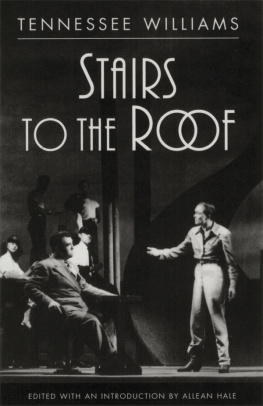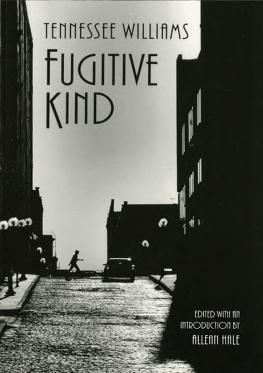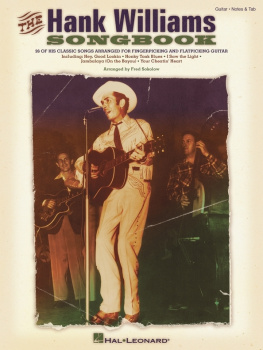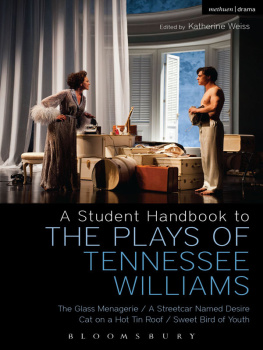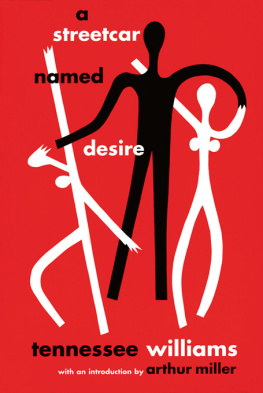Stairs
to the R oo f
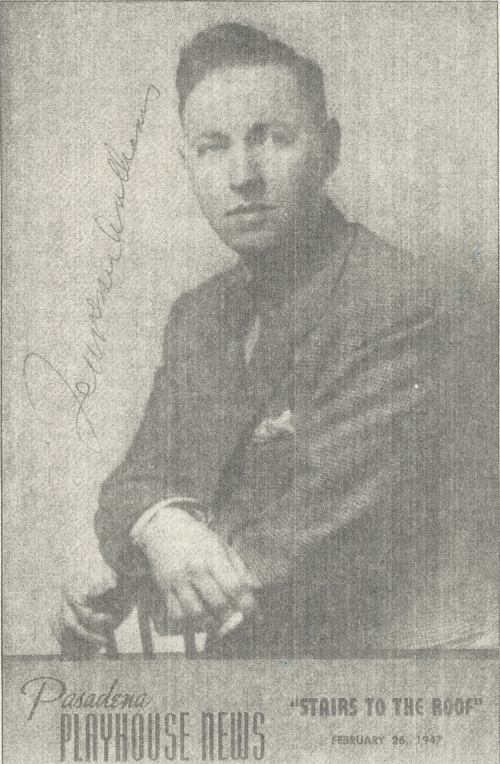
Cover of Playbill for the 1947 Pasadena Playhouse production of Stairs to the Roof; used courtesy of the Harry Ransom Humanities Research Center, University of Texas at Austin.
table of contents
introduction:
a play for tomorrow
Stairs to the Roof is a rare and different Tennessee Williams play; a boygirl romance with an optimistic ending. The last of his youthful plays, it was his first piece deliberately crafted for Broadway. Having a New York agent, Audrey Wood, made the difference. It was Wood who encouraged him to apply for a Rockefeller Fellowship. The grant of a thousand dollars received in December, 1939, enabled him to escape St. Louis to study under John Gassner at the New School for Social Research in New York. Overnight he was transformed from a jobless deadbeat, as his unsympathetic father characterized him, to a young man with a future.
In response to war in Europe, the New School was welcoming eminent refugees like Erwin Piscator to its faculty. Piscators Dramatic Workshop opened January, 1940, with Williams in the first class. The Workshop was designed to put in practice Piscators avant-garde theatrical techniques: such devices as treadmills, various playing levels, film projections and the documentary approach to narrative which Williams had already used in Not About Nightingales (written in 1938). In New York, through his agent, he met Lawrence Langner, founder of the Theatre Guild; Elia Kazan and Eddie Dowling,who would figure in his future; saw the current plays; attended professional rehearsals and so sharpened the tools of his craft. The Playwrights Seminar chaired by John Gassner and Theresa Helburn, was limited to ten, admission granted on approval of a script, and Williams had brought to New York a long play, Battle of Angels, the product of his vagabond trip to Mexico the year before. But evidently he also brought a second script, for he first mentioned Stairs to the Roof in his journal of February 12, 1940, as a rather promising idea about white collar workers. Both Piscator and Gassner recognized Williams work as exceptional; in February Piscator produced his one-act play, The Long Goodbye, in the Studio Theatreit was Williams first New York production. Gassner called Battle of Angels the best play done in his class and showed it to Harold Clurman and Elmer Rice. By May the Theatre Guild had optioned the play, and Tennessee left school for the summer to revise it. However, he seemed more interested in Stairs to the Roof, writing Langner: If someone else were writing it, it might turn out to be a great American dramathere is so much amplitude in the theme. Referring to having attended rehearsals of Odets Night Music he added that he would never release a playhowever profound in subjecttill I felt it had sufficient theatricality to make it commercial. Any play that is not commercialthat is, good theatreis necessarily still-born, isnt it? By October, he wrote Theresa Helburn that his first long comedy was practically finished, and even in November, with Battle of Angels going into rehearsal, Williams told a reporter: The [play] Id like most to get on is my Stairs to the Roof, which is a social comedy about a lowly paid clerk trying to escape his economic cage. My interest in social problems is as great as my interest in the theater.... He had already changed his name from Thomas Lanier Williams to Tennessee.
His concentration on Stairs rather than Battle of Angels may have been a form of avoidance. By December, 1940, summoned back to New York to embattled Battle rehearsals, the inexperienced author was caught in the maelstrom of casting, rewrite, and production and completely overwhelmed. With Gassner, Williams, Helburn and Langner all frantically working on Battle, Williams unwisely accepted changes and corrections from every side, especially from Helburn, executive director of the Guild. Battle of Angels opened in Boston on December 30 and quickly closed, censored for mixing sex with religion. The chastened playwright went off to Key West to rewrite Battle and to perfect Stairs to the Roof.
The evolution of Stairs as a play shows the complex way in which Williams developed a script. At least four early stories fed into the play. A System of Wheels describes the daily life of an office worker who is depressed by his routine job but continues on his treadmill. The Swan is an extended treatment of Bens love episode with the Girl. A sketch called Beauty and the Beast became the play-within-the-play of the Carnival scene. Stairs evolved most directly from a story of the same title written in October, 1936, the fall after Williams recovery from the nervous breakdown which freed him from his job in the shoe factory (see ) Here the clerk is Edward Schiller, a young poet, just as Williams thought of himself at the time. The story opens with a body splattering on the pavement. In a series of flashbacks it excerpts the life of Schiller who, discovered writing poems on company time, is fired in front of the entire office, grows hysterical and jumps from the roof to his death.
The story is especially interesting for Williams description of the job which caused his own breakdownapparentlythe only such account in any of his writing. You insert a sheet of paper (form No. 246-M) in your Ditto machine.... At the top of the page... you type the name of that particular one of the companys forty-odd factories... then you type the number of the order, the date, the number of cases, and the number of dozens it contains.... Across and down the sheet you go for page after page after page, typing stock numbers.... Schillers mental state as he types numbers eight hours a day is described: The duplicating machine is a monster with gaping jaws that will... crush him between its gelatined rolls, if he doesnt feed it fast enough... the ticking clock that might have brought deliverance is now an axe hanging over his head... the pile of untyped orders climbs higher... the penciled digits he is copying have a maddening way of creeping close to his eyes until they appear enormous.... His temples are throbbing... his haunches are sore.... This description was transposed into stage action as the mechanized opening scene of Stairs to the Roof, and the story formed the background of Benjamin Murphy, the plays protagonist.
Converting tragedy to comedy sacrificed some of the poetry for a crisp, energetic dialogue entirely new in Tennessee Williams work, but he retained the serious subtitle, A Prayer for the Wild of Heart That are Kept in Cages. Ben works in a shirt factory and has a nagging wife. In trouble for his frequent trips to the washroom, where he writes poetry, he discovers unused stairs to the factory roof where he can escape to view wider horizons. This is the reality of his everyday life until he meets the Girl, a secretary also trapped in a dead-end job, and the two escape on a series of romantic adventures. Back at the factory, their mutual support enables each to rebel. The Girl, who has discovered she loves Ben, not her boss, confronts her employer with his treatment of her as a nonentity and throws away his clock. Ben, about to be fired when his boss and stockholders discover his mysterious stairs, leads a general insurrection of the office workers to the roof. Conveniently, Bens wife has left him, freeing him for a happyand even more fantasticfinal adventure with the Girl.

